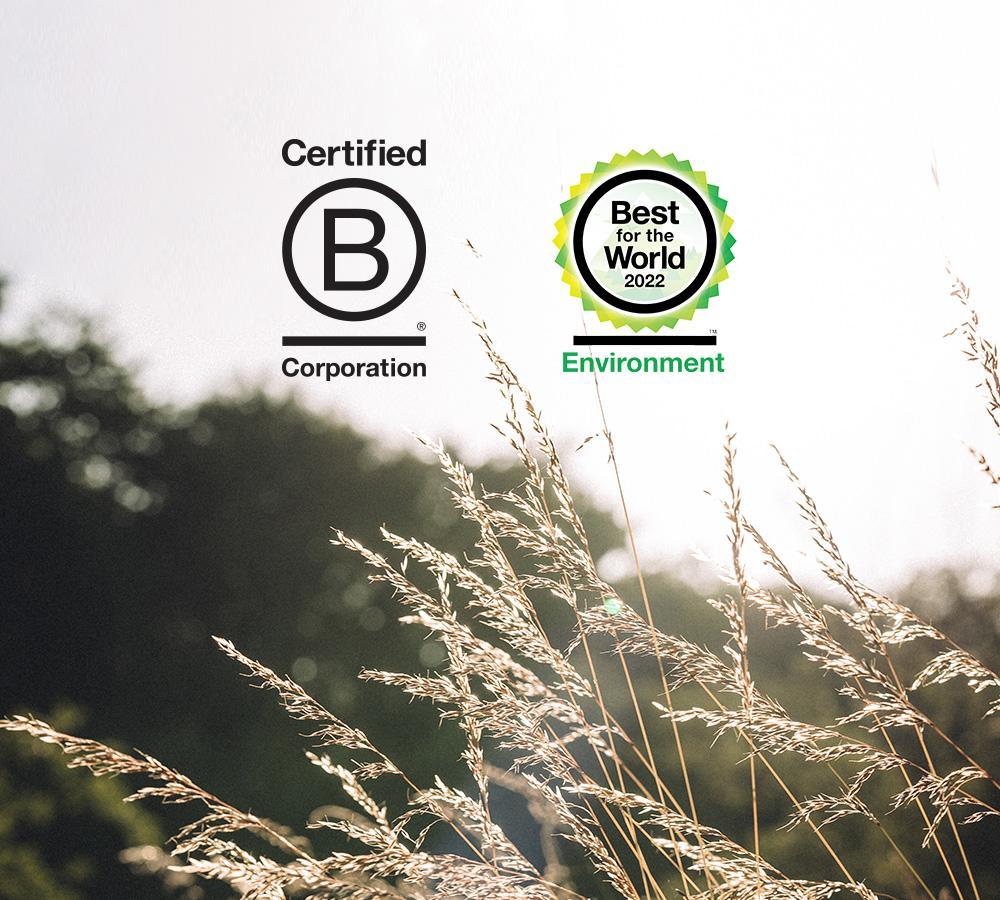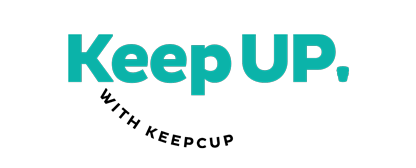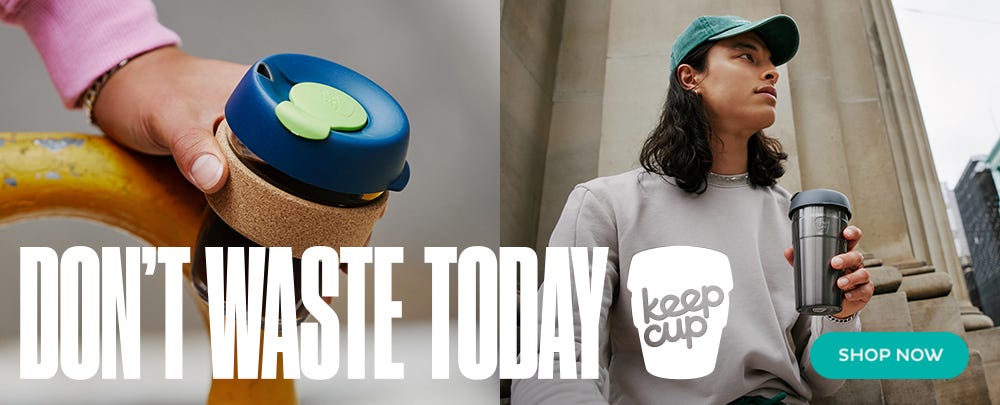
Why being Best for the World™ B Corp is not good enough
We are proud to be counted among the best and that the hard work of our teams is recognised yet again, and well beyond the green emoji hearts and high-fives shared within the KeepCup walls.
While it’s tempting to have Tina Turner’s ‘Simply the Best’ playing on loop, put up our feet and declare “our work here is done”, what this accolade really does is drive us to do even better. As leaders in the better business movement, we stay committed to continuous improvement and to galvanising those around us.
As we said in our recent post about the B Corp standards, B Lab and all of us within the B Corp community need to continue to raise the bar across all categories, both for people and planet - they are all connected. We can’t achieve regeneration without good governance, you can't have good governance without equity, and you can't have equity without inclusivity. As a customer, you can demand better by checking B Corp scores, transparent across all categories, and choosing the companies blazing the trail.
In that spirit, to celebrate the gong, we wanted to share some of the things we’re most proud of, and ones we probably don’t communicate as often, but also the things that we’re still working hard to improve. No resting on our laurels here.
The full picture
We partnered with sustainability consultancy Edge Environment to produce a Life Cycle Analysis (LCA) to ISO 14040:2006 standard. It compares the impact of using a KeepCup to using a single-use cup. Publicly available to peruse on our website, you can dig into the detail and rigorously assess data and assumptions, but be warned, they’re technical, scientific reports that many people struggle to engage with in depth. To help quantify the impact of choosing reuse over single-use, we created our online Impact Calculator. Simply enter your average coffee consumption to find out how many cups you can divert from landfill when using KeepCup.
Knowledge is power, so we’re also very transparent in sharing what we’ve learnt through the LCA process. Washing your KeepCup is responsible for a big chunk of its carbon footprint (taking some hot water energy assumptions), which is why we encourage you to switch to renewable energy wherever possible.
Always looking for ways to reduce
In 2019, our suite of retail packaging and single cup mailers underwent a redesign, which in addition to enhancing the brand’s visual identity, was aimed at reducing excessive protective material use to limit glass breakage in transit.
Previous single cup mailers used double-walled cardboard, were material-heavy, cumbersome and time-consuming for our warehouse team to fold and assemble. Rigorous design and research, including testing multiple cradle designs with cup fitment, different boxes with varying board thickness, and drop testing from different heights and angles, finally resulted in success. We, and our key online resell partners, are now delivering plastic-free. Challenging the status quo is in our DNA.
Since transitioning to our new packaging we’ve seen a 91% reduction in breakage for online order shipments and over 12 months we will have reduced our material usage by 39% for single mailer cartons.


Pick and pack warehouse in AU hub.
Keeping it simple
KeepCups are made to last. But when they do eventually reach the end of their life, we have designed them with as few materials as possible to allow them to be easily recycled, supporting a circular economy. Also, did you know they are locally assembled (by hand) in our warehouses and that we keep manufacturing locally in Australia and the UK, where possible? Not a small feat when you consider our global operations and a limited range of suppliers that meet our standards.
Sun and rain power
The rooves of our London and Melbourne offices and warehouses are decked out with solar panels, meaning the sun provides all the electricity for our two hubs. Our Melbourne Planet ARK solar power solution is especially “special”; it generates enough renewable energy for us to be able to push it back to the grid. That’s probably also because amongst energy efficient solutions, we use natural light across our spaces, where possible, we have implemented dimmers, sensors and after-hours timers. Apart from low-flow taps and faucets, we also harvest rainwater for our toilets. It may be a small thing, but those flushes do add up!


76 KW of solar power on our AU offices since 2019.
Refuse, reuse and reuse some more
The cartons used to ship KeepCup parts from our manufacturers are the same cartons we use to send out assembled cups to our customers. Why have two boxes when you can have one? Why use plastic pallet wrap for storing pallets in your warehouse, when reusable Velcro straps will work just as well?
Share the profit
We invest in our people; we are a certified Living Wage employer in our pick and pack assembly hubs, and we offer all employees a share in the profit we work hard to generate. We give back to the community, sharing our profit with environmental organisations, formalised by joining 1% For the Planet in 2019. Since the inception of the business, KeepCup reusers have helped us donate over $2,000 000 to causes and campaigns that advocate against single-use, for a biodiverse planet, such as Plastic Free July, Sea Shepherd, Bob Brown Foundation, Bush Heritage Australia, to name but a few.
We’ve really only scratched the surface here on a whole host of actions across innovation, operations, packaging and supply chain that contribute to our war on waste and single-use plastic. But if you’ve got any ideas on how we could do better then get in touch, we’d love to hear them. We think the best is most definitely yet to come.








